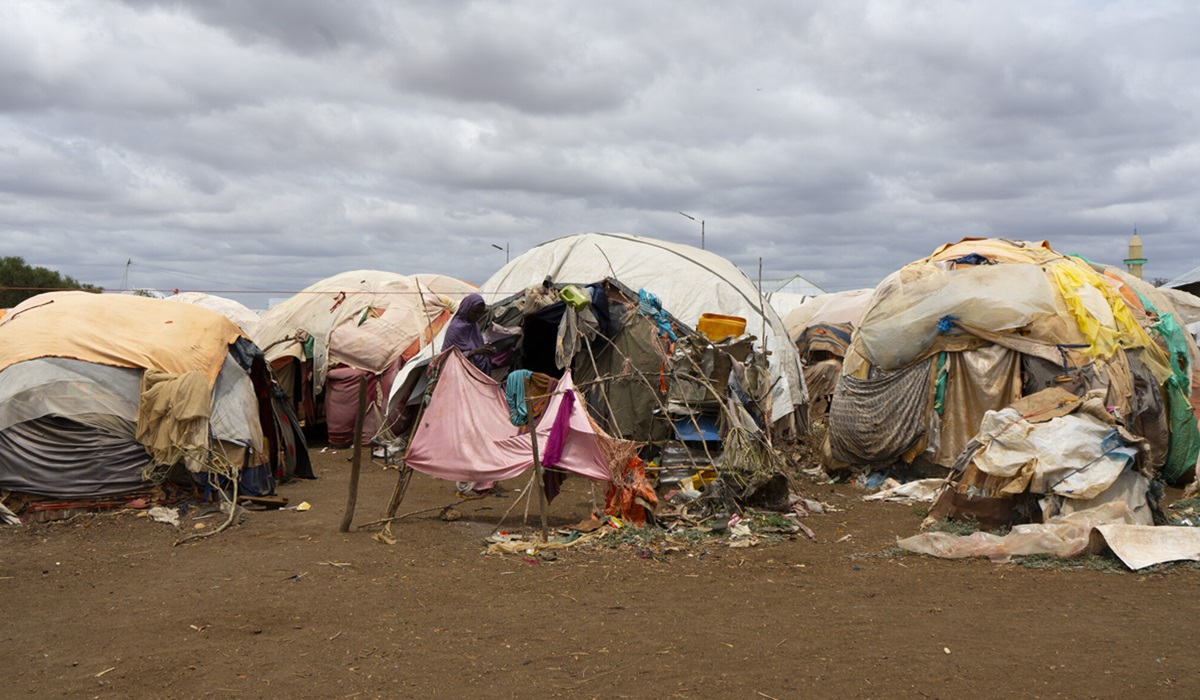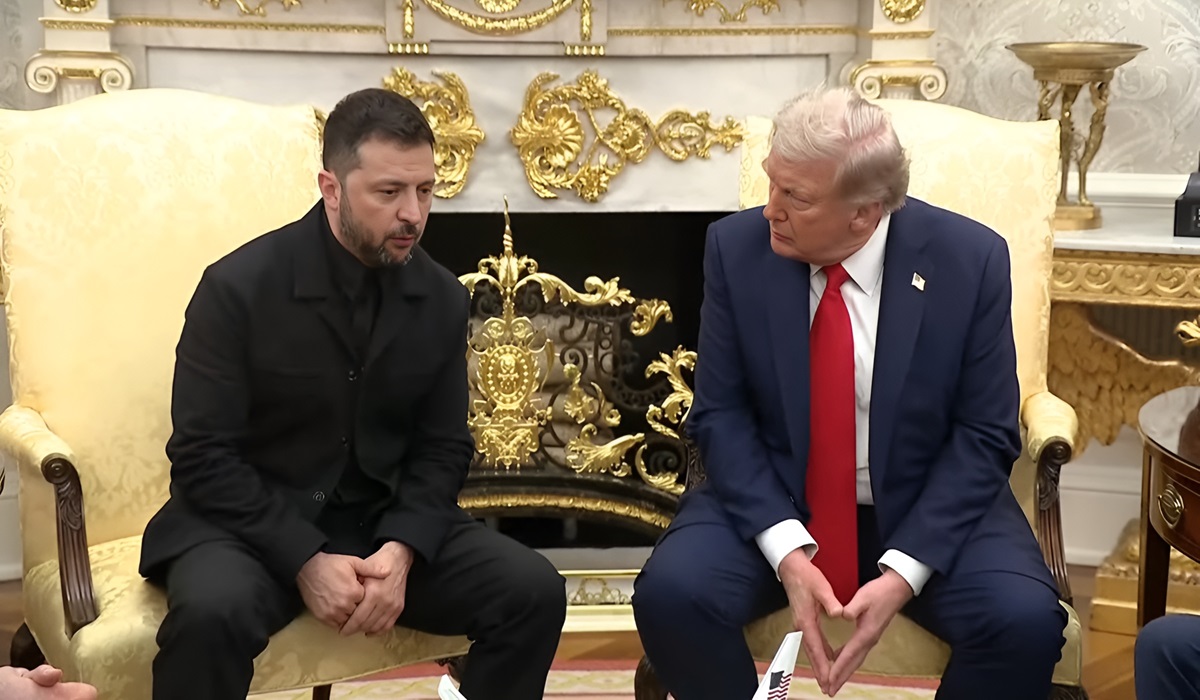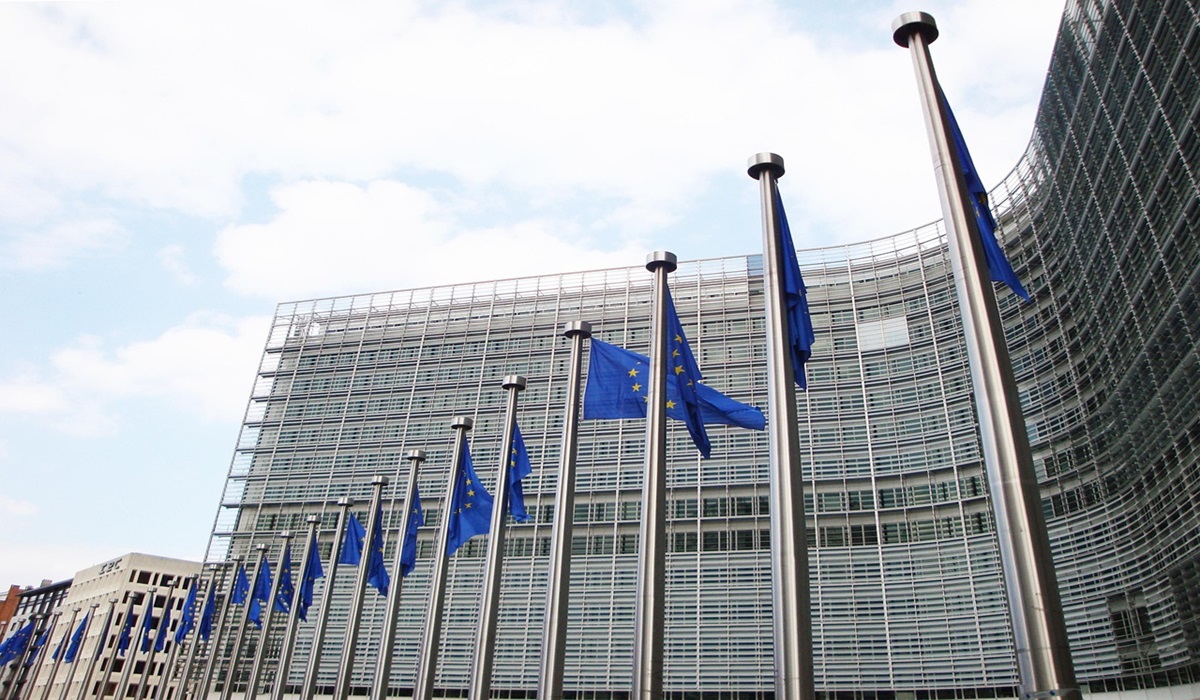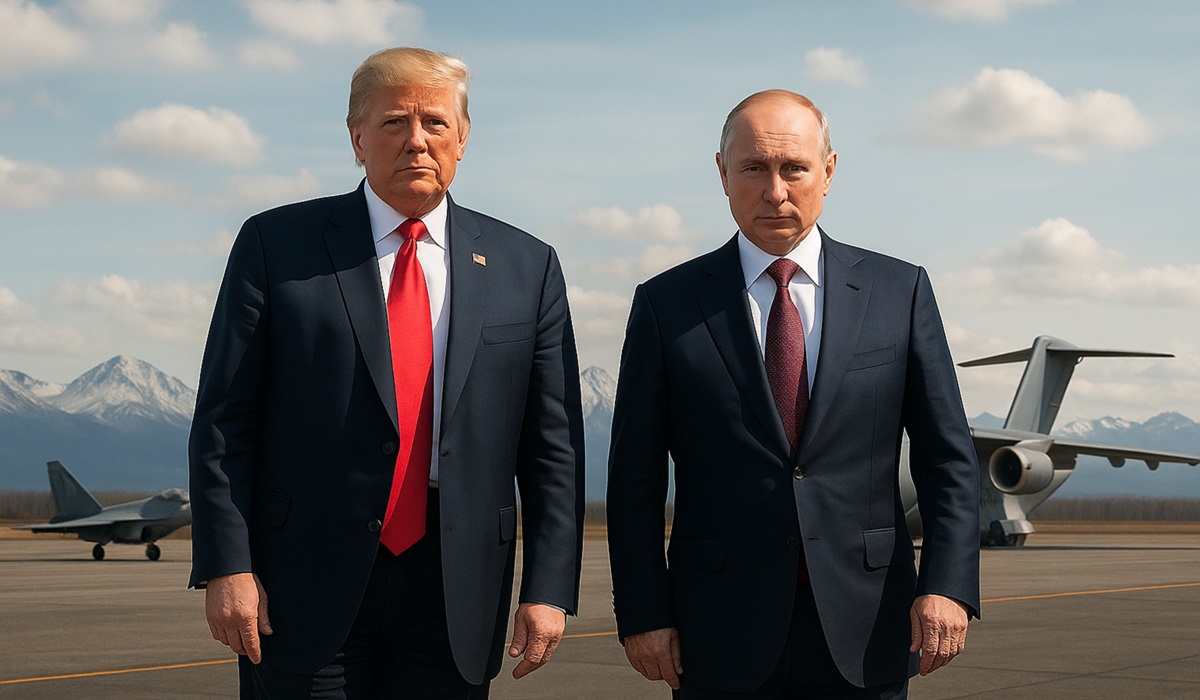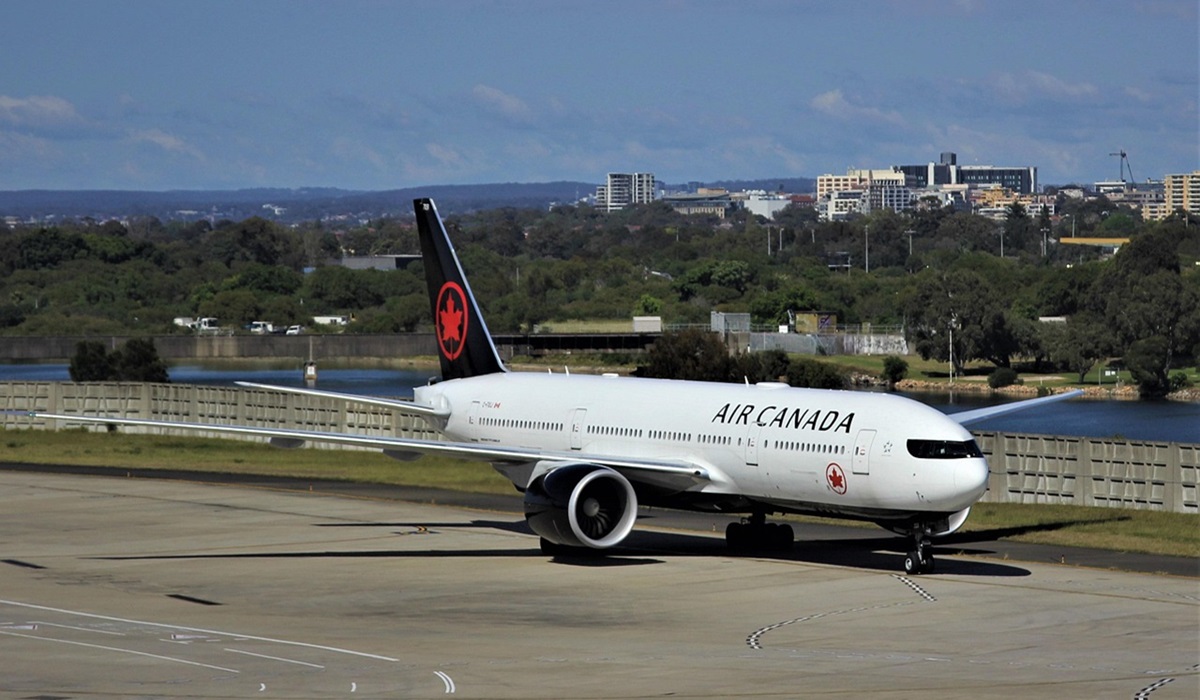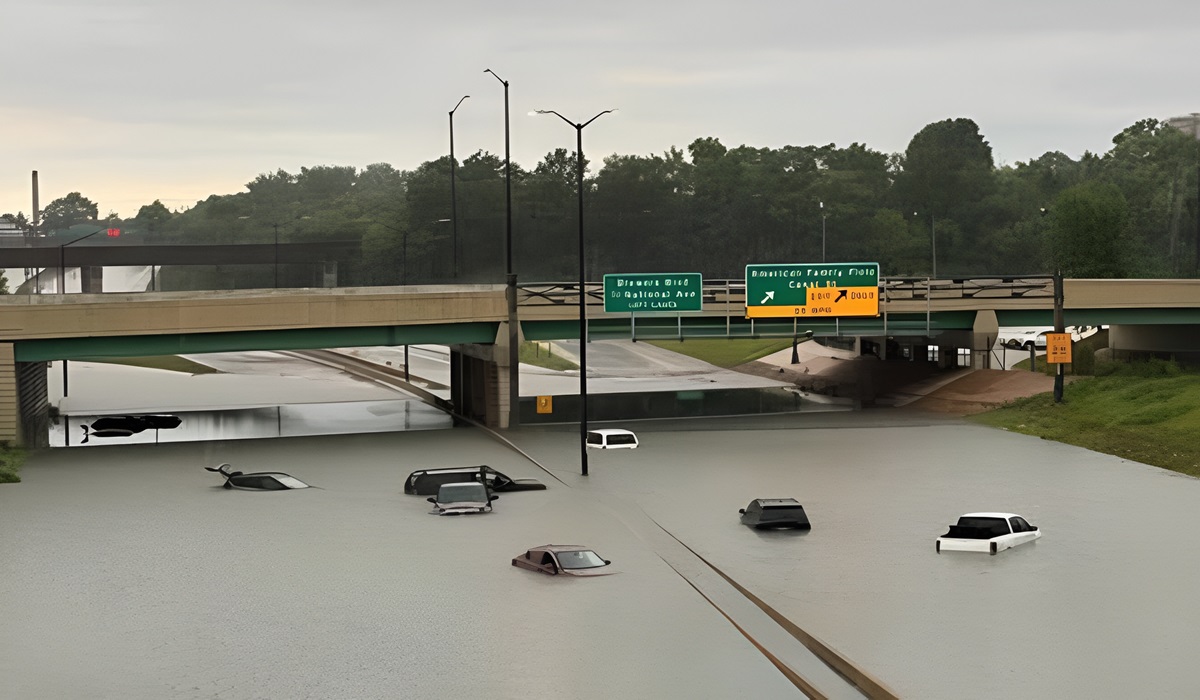On August 15, 2025, U.S. President Donald Trump and Russian President Vladimir Putin met at Joint Base Elmendorf-Richardson in Anchorage, Alaska, in a highly anticipated summit. The meeting, Putin’s first visit to U.S. soil since the 2022 invasion of Ukraine, concluded without any formal agreements or a ceasefire, leaving international observers uncertain about the next steps.
The summit opened with a ceremonial welcome, including a red carpet and military flyover, underscoring the high-profile nature of the event. Both leaders made brief public remarks describing the discussions as “productive,” yet neither provided specifics. President Trump acknowledged that a deal had not been reached, stating simply, “We didn’t get there.” Putin hinted at some form of understanding but offered no details.
Following the summit, President Trump signaled a shift in approach toward the Ukraine conflict. Instead of emphasizing a ceasefire as a prerequisite, he suggested focusing on a broader peace agreement. This stance aligns more closely with Russia’s position, which has historically favored direct negotiations aimed at a comprehensive settlement.
The absence of a ceasefire agreement and the lack of new concessions were interpreted by some as a diplomatic win for Russia. Engaging directly with the U.S. president allowed Putin to reinforce Russia’s international standing without making substantial compromises, presenting Moscow as a legitimate actor on the world stage.
President Trump announced plans to meet with Ukrainian President Volodymyr Zelenskyy in Washington, D.C., on August 18 to continue discussions. However, with no concrete resolutions from the Alaska summit, the trajectory of U.S.-Russia relations and the ongoing conflict in Ukraine remains uncertain.
As leaders prepare for further talks, the global community is watching closely, aware that the outcomes could have far-reaching implications for diplomacy and stability in the months ahead.


